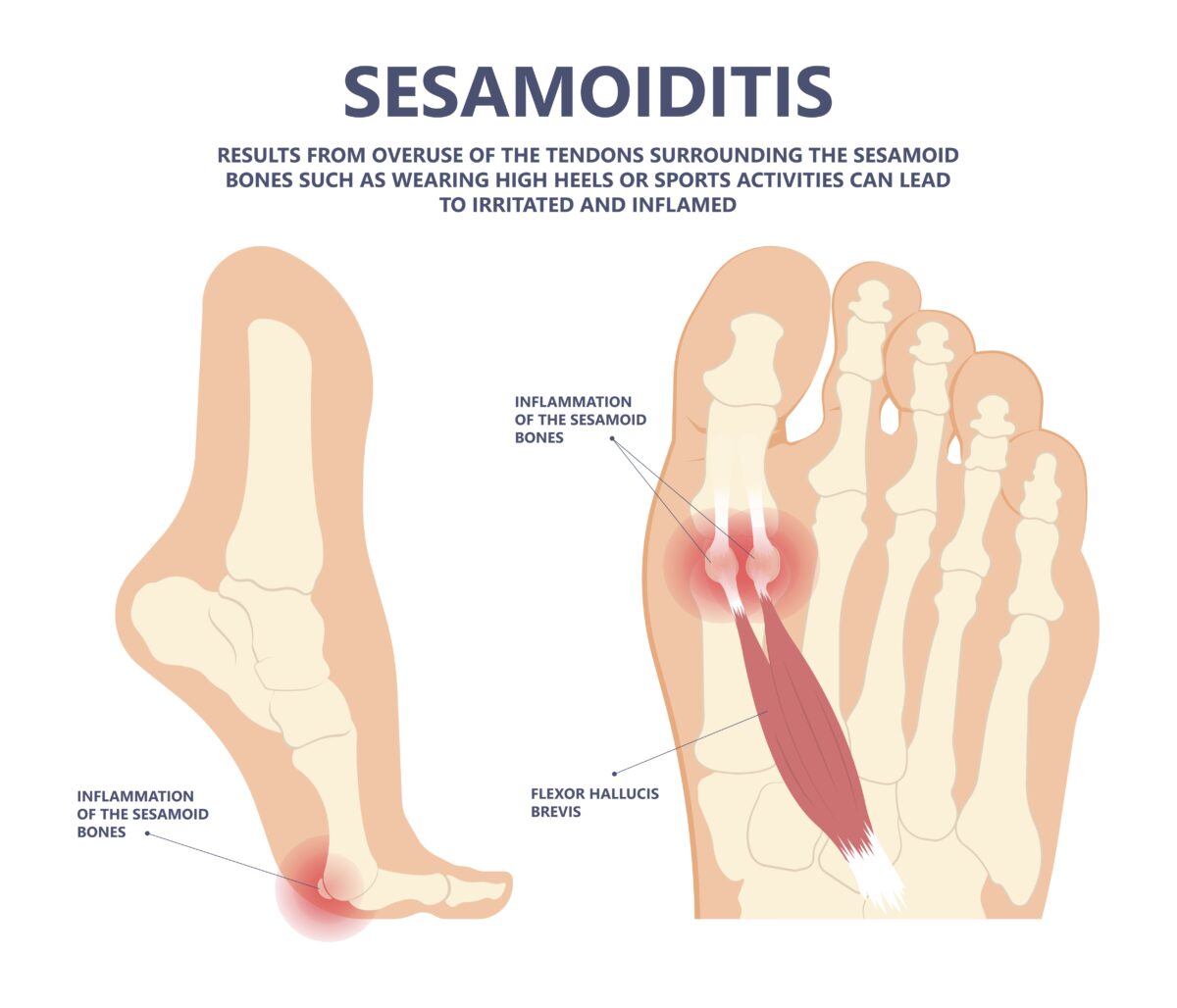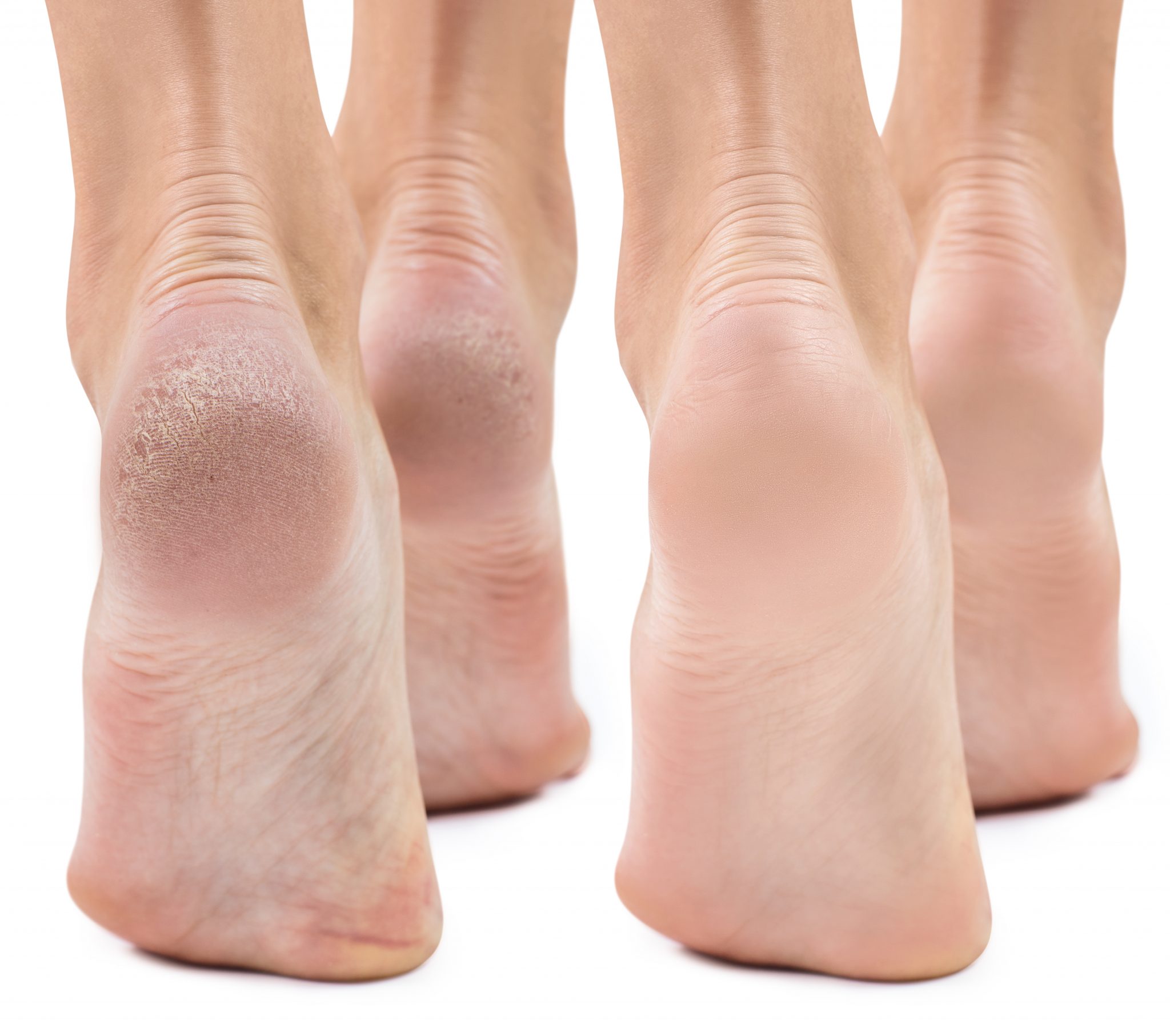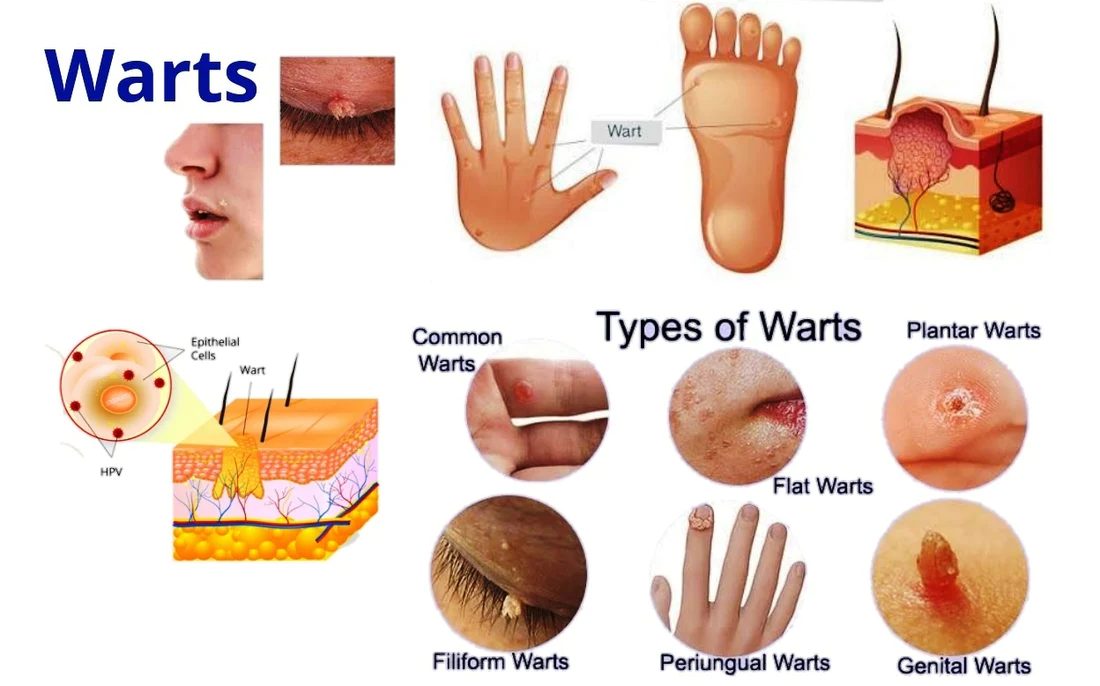Embark on a journey to understand how pregnancy transforms your feet, from swelling to arch pain. Discover expert tips for managing discomfort and safeguarding your foot health during this pivotal time.

Introduction
Pregnancy is a time of profound change for the body, and while much attention is given to common symptoms like morning sickness or cravings, the impact on your feet is often overlooked. The reality is, as you nurture new life, your feet bear the brunt of significant physical shifts, leading to swelling, pain, and other foot-related concerns. Understanding these changes can help you manage discomfort and maintain foot health throughout your pregnancy journey.
Table of Contents
Understanding and Managing Pregnancy-Induced Edema
During pregnancy, many women experience a common condition known as edema, characterized by the swelling of the feet and ankles. This condition arises from increased fluid retention and blood volume in the body, along with the added pressure from the growing uterus on the veins that facilitate blood return from the lower body. This pressure can impede the flow of blood back to the heart, causing fluids to pool in the lower extremities, particularly as the pregnancy progresses.

Management Strategies for Edema
Managing edema effectively involves a combination of lifestyle adjustments and self-care measures designed to alleviate discomfort and prevent the condition from worsening. Here are some detailed strategies to help manage swelling during pregnancy:
Elevate Your Feet
- How and When: Elevate your feet above heart level whenever sitting or lying down. Use pillows to prop up your legs comfortably, aiming for elevation several times a day, especially after long periods of standing or sitting.
- Benefits: Elevation helps improve venous return, reducing fluid accumulation in the lower extremities.
Stay Hydrated
- Daily Fluid Intake: Aim for at least 8-10 glasses of water daily. Proper hydration helps in diluting sodium in the body, which can mitigate fluid retention.
- Why It Matters: Although it might seem counterintuitive, consuming adequate amounts of water can actually reduce swelling by helping your body maintain a proper fluid balance.
Choose Footwear Wisely
- Footwear Selection: Opt for comfortable, supportive shoes that provide ample room for your feet. Avoid high heels and opt for flats or supportive sandals with a cushioned sole.
- Avoiding Restrictions: Ensure that socks or stockings are not too tight. Consider maternity or compression socks designed to support venous return without excessively constricting the legs.
Regular, Gentle Exercise
- Recommended Activities: Engage in low-impact exercises such as walking, prenatal yoga, or swimming. These activities promote blood circulation and can help reduce swelling.
- Frequency: Aim for at least 30 minutes of moderate activity most days of the week, but listen to your body and rest as needed.
Additional Tips
- Dietary Considerations: Monitor your salt intake to avoid excess sodium, which can contribute to water retention. Incorporate foods rich in potassium, as they can help balance fluid levels.
- Rest and Relaxation: Take frequent breaks throughout the day to rest and reduce the time spent on your feet. Utilize relaxation techniques to manage stress, which can exacerbate swelling.
- Monitor Your Symptoms: While mild to moderate swelling is normal, sudden or severe swelling in your hands, face, or legs could be a sign of preeclampsia, a serious condition requiring immediate medical attention.
By implementing these management tips and being mindful of your body’s signals, you can alleviate the discomfort associated with pregnancy-induced edema and enjoy a more comfortable pregnancy journey. Always consult with your healthcare provider for personalized advice and to ensure that your management strategies are safe and effective for you and your baby.
Deep Dive into Arch Pain and Flat Feet During Pregnancy
Pregnancy is a time of significant change for the body, and these changes can extend to the structure and comfort of your feet. One common issue that expecting mothers face is arch pain and the development of flat feet, conditions that stem from the natural and necessary hormonal adjustments during pregnancy.

Why It Happens
The hormone relaxin plays a crucial role in preparing your body for childbirth. It loosens the ligaments and joints in the pelvis to facilitate the birthing process. However, relaxin doesn’t limit its effects to the pelvis—it also impacts the ligaments in your feet. This can lead to a flattening of the arches as they bear the increasing weight of pregnancy. The result? Arch pain and changes in foot structure and gait that can last during pregnancy and sometimes beyond.
Management Tips
Orthotic Inserts: Orthotic inserts, especially those designed for the unique needs of pregnancy, can be a game-changer. They offer targeted arch support, helping to distribute foot pressure more evenly across the foot. This support can alleviate pain and prevent further flattening of the arches.
Supportive Footwear: The right shoes can make a world of difference. Look for footwear that provides robust arch support and cushioning to minimize strain on your feet. High heels can exacerbate discomfort and contribute to the problem, so it’s wise to choose flats or supportive sneakers instead. Remember, your foot size may change during pregnancy, so ensure your shoes fit well and don’t pinch or squeeze your feet.
Stretching: Incorporating daily stretches for your feet and calves into your routine can help relieve tension, enhance flexibility, and reduce discomfort. Gentle stretches that target the arches and calves can be particularly beneficial. Consider consulting with a physical therapist or healthcare provider for stretches that are safe and effective during pregnancy.
Exercise: Regular, gentle exercise supports overall circulation and foot health. Activities like walking, swimming, or prenatal yoga can be excellent choices. These exercises strengthen the muscles around your feet and legs without putting undue stress on your arches. Listen to your body, and avoid exercises that cause foot pain or discomfort.
Raising Awareness
Understanding the potential for arch pain and flat feet during pregnancy allows expecting mothers to take proactive steps to manage these conditions. Awareness is key to prevention and treatment—knowing what to look for and how to respond can significantly improve comfort and foot health during this transformative time. If you experience persistent pain or discomfort, it’s important to consult a healthcare provider for personalized advice and treatment options. By taking care of your feet, you’re taking an important step toward a healthier, more comfortable pregnancy.
Addressing Overpronation and Ankle Instability During Pregnancy
Pregnancy introduces various physical changes, including those affecting foot health. Overpronation and ankle instability are common issues that can arise as the arch of the foot flattens under the increased weight of pregnancy. Understanding these conditions and adopting effective management strategies are crucial for maintaining foot health and preventing injuries.

Understanding Overpronation and Ankle Instability
Overpronation occurs when the foot rolls inward excessively after landing. This condition is often exacerbated during pregnancy due to the flattening of the arches from the increased weight and the loosening of ligaments caused by pregnancy hormones. Overpronation can strain the muscles and ligaments in the foot and ankle, leading to ankle instability. This instability increases the risk of ankle sprains and can contribute to discomfort and pain during daily activities.
Management Tips
Wear Shoes with Good Stability and Motion Control: Selecting the right footwear is essential in managing overpronation and ankle instability. Shoes with enhanced stability and motion control features can help correct overpronation, reducing strain on the ankles and feet. Look for shoes specifically designed to support the inner side of the foot and prevent excessive inward rolling.
Consider Supportive Braces or Taping: For additional ankle support, especially during physical activities, consider using supportive braces or taping techniques. These methods can provide external support to the ankle, helping to maintain proper alignment and reduce the risk of sprains. A healthcare provider or physical therapist can recommend suitable options and demonstrate proper application techniques.
Practice Balance and Strengthening Exercises: Strengthening and balance exercises are vital in building the muscles around the ankles and feet, enhancing stability. Simple exercises such as heel raises, toe taps, and balance challenges (like standing on one foot) can be effective. Incorporating these exercises into your daily routine can improve foot health and reduce the risk of overpronation-related issues. Always consult with a healthcare provider before starting a new exercise regimen to ensure it’s safe for your pregnancy stage.
Raising Awareness
Awareness of the potential for overpronation and ankle instability during pregnancy empowers expecting mothers to take proactive steps toward prevention and management. Recognizing the signs of these conditions and implementing effective management strategies can significantly improve comfort and reduce the risk of injury. If you experience persistent pain, discomfort, or instability in your feet or ankles, seeking advice from a healthcare professional is crucial. They can provide personalized recommendations and interventions to support your foot health throughout your pregnancy journey.
Understanding and Managing Leg Cramps During Pregnancy
Leg cramps are a common discomfort for many pregnant women, characterized by sudden, sharp muscle contractions, typically occurring during the night. While the precise cause of these cramps remains somewhat elusive, they are thought to be associated with several pregnancy-related factors, including alterations in blood circulation and the added pressure from the growing uterus on nerves and muscles.

Why Leg Cramps Occur in Pregnancy
Several theories suggest why leg cramps are more prevalent during pregnancy:
- Changes in Blood Circulation: The increased demand on the circulatory system to support both mother and baby can affect blood flow, potentially leading to cramps.
- Pressure on Nerves and Muscles: As the uterus expands, it can exert pressure on surrounding nerves and muscles in the pelvis and legs, contributing to cramping.
- Nutrient Needs: Pregnancy increases the body’s need for certain nutrients, such as magnesium, calcium, and potassium, which play roles in muscle health and function. Deficiencies or imbalances may lead to cramping.
Management Tips for Leg Cramps
Stretching Before Bed: Performing gentle calf stretches before going to bed can help prevent cramps by elongating the muscle fibers and reducing their susceptibility to contraction.
Hydration and Nutrition: Staying well-hydrated and ensuring a balanced intake of essential nutrients are critical. Magnesium, calcium, and potassium, in particular, support muscle function and may help reduce cramping. Foods rich in these minerals include leafy greens, nuts, dairy products, bananas, and avocados.
Gentle Massage: Massaging the affected area during a cramp can help alleviate pain by increasing blood flow and relaxing the muscle. Using warm compresses can also provide relief.
Proper Positioning: When experiencing a cramp, try stretching the affected muscle gently. For a calf cramp, this can mean flexing your foot to bring the toes toward your shin. Avoid pointing your toes as this can exacerbate the cramp.
Regular, Gentle Exercise: Engaging in light, regular exercise like walking or prenatal yoga can improve circulation and muscle tone, potentially reducing the frequency and severity of leg cramps.
Raising Awareness and Seeking Help
Understanding the potential for leg cramps during pregnancy and knowing how to manage them can significantly improve comfort and quality of life. While leg cramps are generally harmless, persistent or severe cramps should be discussed with a healthcare provider to rule out other conditions and to receive personalized advice. Awareness and proactive management of leg cramps, along with regular prenatal care, support a healthier, more comfortable pregnancy journey.
Navigating Ingrown Toenails During Pregnancy
Pregnancy brings about numerous changes in a woman’s body, including swelling and alterations in foot shape. These changes can lead to tighter-fitting footwear, significantly increasing the risk of developing ingrown toenails. Additionally, as the pregnancy progresses and the belly grows, reaching your toes to properly trim them can become a challenge, often resulting in improper nail care.

Understanding Ingrown Toenails
Ingrown toenails occur when the edge of a toenail grows into the surrounding skin, leading to pain, redness, and swelling. During pregnancy, the risk of ingrown toenails is heightened due to hormonal changes that can increase fluid retention, causing the feet to swell. This swelling, combined with the physical challenge of maintaining proper foot care, can make pregnant women more susceptible to this uncomfortable condition.
Management Tips for Ingrown Toenails
Choose the Right Footwear: Opting for shoes with a wide toe box is crucial. This provides extra space for your toes, reducing pressure and helping to prevent the toenails from growing into the skin.
Proper Toenail Trimming: If reaching your toes becomes difficult, don’t hesitate to ask for help to ensure your toenails are trimmed correctly. Nails should be cut straight across, not rounded at the corners, to prevent the sides of the nail from growing into the surrounding skin. Keeping nails at a moderate length—neither too short nor too long—can also help avoid ingrown toenails.
Foot Hygiene: Maintaining good foot hygiene is essential. Regularly washing your feet and keeping them dry can prevent the development of conditions that promote ingrown toenails.
Soak Your Feet: Soaking your feet in warm, soapy water can soften the skin around the ingrown toenail, providing relief from pain and making it easier to gently push the skin away from the nail. However, this should be done with caution to avoid further irritation.
Seek Professional Help: If an ingrown toenail becomes too painful, shows signs of infection, or if you’re unable to resolve it with home care, it’s important to seek professional medical advice. Podiatrists can offer treatments such as lifting the nail, partially removing the nail, or, in some cases, prescribing antibiotics to treat or prevent infection.
Raising Awareness and Prevention
Awareness of the increased risk of ingrown toenails during pregnancy and knowing how to manage them can greatly improve foot comfort. Simple preventive measures, such as wearing appropriate footwear and maintaining proper nail care, can make a significant difference. Always prioritize foot health as part of your overall pregnancy care plan, and consult healthcare professionals for advice and treatment options when necessary. By taking proactive steps, you can reduce the risk of ingrown toenails and maintain healthy, comfortable feet throughout your pregnancy.
Frequently Asked Questions (FAQs)
Q: Why do my feet swell during pregnancy? A: Swelling, or edema, is common due to increased fluid retention and blood volume, along with pressure from the growing uterus on veins that return blood from your lower body.
Q: Can pregnancy cause flat feet? A: Yes, the hormone relaxin, which prepares your body for childbirth, can also soften foot ligaments, leading to flattened arches and potential foot pain.
Q: How can I manage foot pain during pregnancy? A: Opt for supportive footwear, use orthotic inserts, engage in gentle exercise, and practice regular foot and calf stretches to alleviate discomfort.
Q: Is it normal to experience leg cramps and overpronation during pregnancy? A: Yes, these conditions are common due to changes in circulation, pressure on nerves and muscles, and the loosening of ligaments, but they can be managed with appropriate care and exercise.
Conclusion
Pregnancy can significantly affect your feet, leading to discomfort and mobility issues. However, with awareness and proactive management, you can alleviate many of these concerns. Prioritize comfortable, supportive footwear, regular foot care, and gentle exercise to keep your feet healthy and pain-free during this special time. Remember, if foot pain becomes severe or persistent, consult with a healthcare provider or a podiatrist for personalized advice and treatment options.









